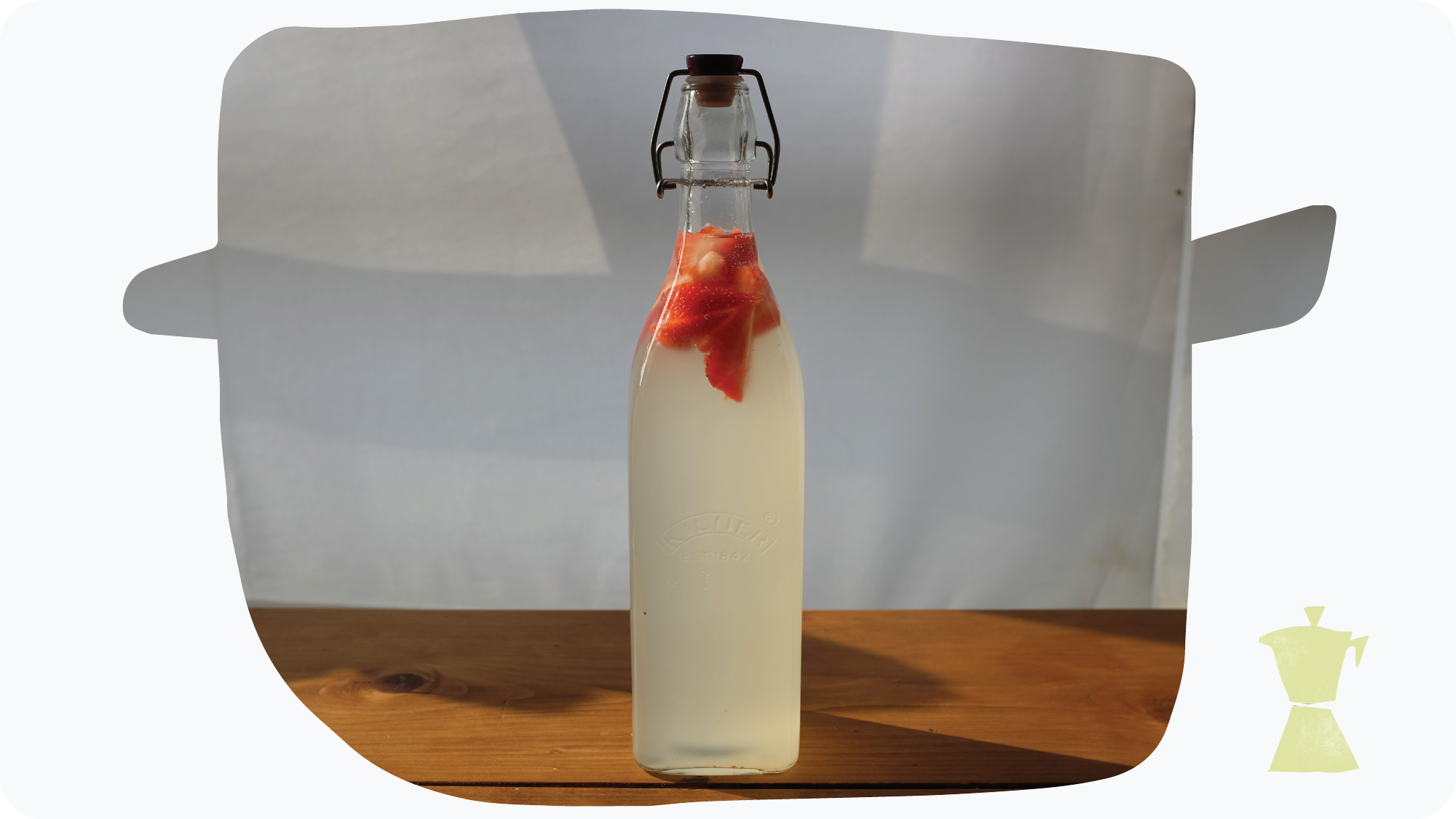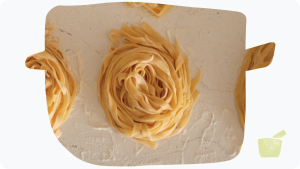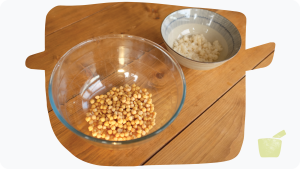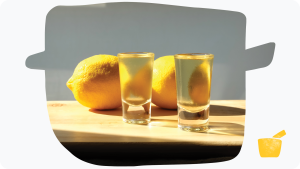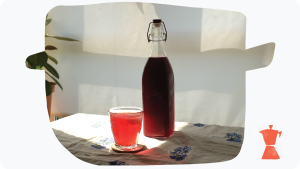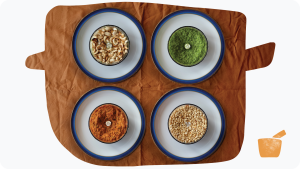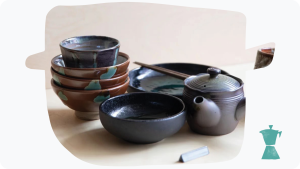What I’ve learned from brewing fizzy drinks at home, finding joy in nurturing colonies of bacteria (and why you should try it).
Until this year I had never made drinks at home, aside from tea, coffee and the occasional negroni. It’s not something I had ever really thought to do; I’d always have a bottle of fruit squash in the house and occasionally pick up a cloudy lemonade or (if I was feeling fancy) a bottle of elderflower cordial. That was about the level of ease and variety I was happy with, and it served me pretty well.
My attitude was changed by two gifts I received: a batch of water kefir grains and Chris van Tulleken’s rather terrifying book about industrial food production, Ultra-Processed People. Don’t worry, this isn’t going to be a tirade about why you should never consume anything from a supermarket, I’m more interested in the positive case for making drinks at home. My main takeaway from van Tulleken’s book has been to challenge myself to make more things from scratch, and I’ve found more enjoyment doing this with drinks than I ever expected.
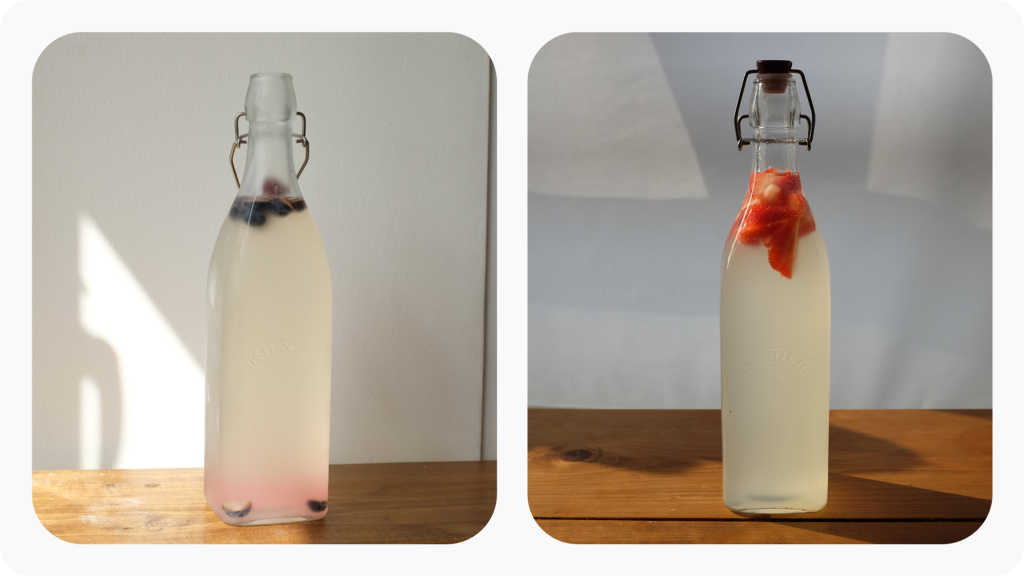
What I’ve learned over the last year is that making drinks at home typically involves one of three processes: fermenting, extracting or infusing. Which process you need to use depends (rather unsurprisingly) on what you’re intending to make. Fermenting seems like the most natural jumping off point for me, as making water kefir was my first foray into making drinks and also the subject of the first ever guide published on Watching the Pot. So, let’s get started.
What are fermented drinks?
Fermented drinks seem to be having a moment right now, with many prominent advertising campaigns extolling the virtues of probiotic drinks and the importance of looking after your gut health. Or this is at least how it feels to me – it could potentially be the effect of aging into my thirties and therefore into the target demographic of such advertisements. That being said, I certainly don’t remember dairy kefir being sold in UK supermarkets ten years ago.
What’s special about fermented drinks is that they’re made through a biological process involving living organisms. Each drink, from kombucha to kefir, relies on feeding different cultures of bacteria with sugar or starch, which they then consume and turn into acids and alcohols. The result is a slightly fizzy drink that has a mix of sweet and bitter flavours – with more bitterness emerging the longer you leave the ferment going (and eventually alcoholic drinks if you leave it long enough).
This means that making any fermented drink at home is kind of like looking after thousands of little microbe-sized pets. You have a culture of bacteria in your house (usually in a jar) which you keep alive by regularly feeding, and in return they supply you with tasty drinks. It’s less maintenance than having a dog (I suppose there’s nothing to stop you taking a kilner jar full of bacteria for a walk, but it’s not necessary for the process) and much better for your gut health.
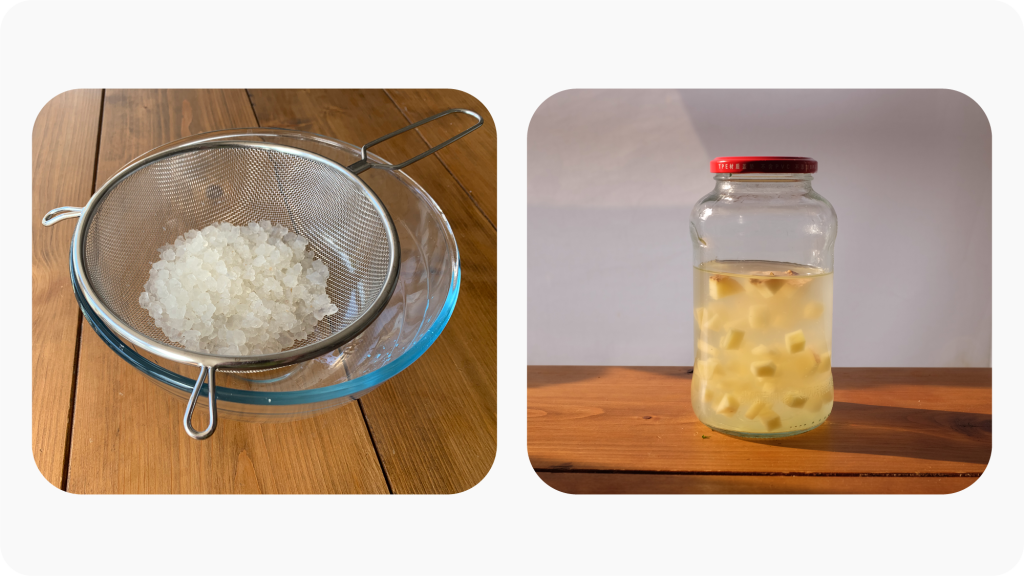
So far my explorations with making fermented drinks have focused on water kefir and fermented ginger beer. The latter of these is achieved by maintaining a culture rather charmingly called a ginger bug, which helps emphasise rather neatly the symbiotic nature of fermented drinks: you’re working in a mutually beneficial relationship with other living creatures – just very small ones.
Why make fermented drinks?
Initially with both my kefir grains and ginger bug I found fermenting to be a very scientific process – making sure to feed each with a precise amount of sugar at specified times and checking on them regularly (exactly the same as another of my fermenting experiments this year: making a sourdough starter). However, as your cultures/starters get more established you learn that they’re quite resilient, and I’ve found that making a new batch of water kefir every 4 days or so gives a nice rhythm to life.
They also give a lot of space for creativity: by making these drinks yourself you’re free to flavour them however you like. With water kefir this means using varying amounts of sugar, different fruits (my personal favourite is lemon and dried mango) or leaving it to ferment for more/less time depending on how bitter/sweet you want it to taste. With my ginger bug I find that although the most obvious use is to make ginger beer, it has the same fermenting effect on any other sugary soft drink. I’ve made a really nice fermented lemonade with it and am looking forward to continuing to try new things.
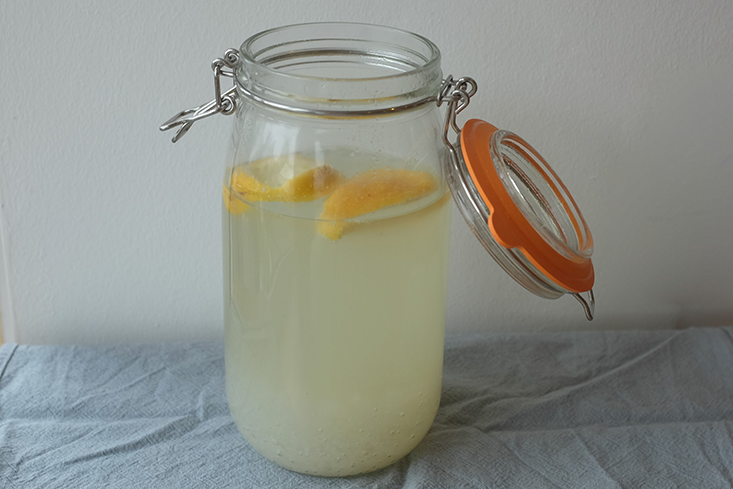
Not only are you free to experiment in this way, but doing so is also surprisingly cost-effective. To make water kefir, for example, after you’ve got some grains (about £10) you only need a slice of lemon, some dried fruit and 70-100g of sugar per litre – and you can keep making batches indefinitely. With a ginger bug it’s even easier: some water, chopped ginger and a tablespoon of sugar every now and again. Making these drinks at home costs you less than Coke and much less than any fermented drink would cost you at a supermarket.
As alluded to above, there’s also the health benefits that fermented drinks bring. I won’t linger long on this as I’m not qualified to talk about the specifics in this regard, but there’s a wealth of literature about the importance of maintaining a healthy gut microbiome and the ways in which fermented foods and drinks help do this. In fact one of the most eye-opening sections of Ultra-Processed People 1 is when van Tulleken goes through the evidence that the gut microbiome is not simply limited to gastric health but also to mental wellbeing.
Beyond the potential health benefits I would simply say that fermented drinks taste great and are fun to experiment with. The effervescence you get from the fermenting process is smoother and softer than with carbonated drinks, and I think makes them much more refreshing. This does mean, however, that it’s important to remember the reaction gives off gas which can build up pressure inside jars/bottles and even cause explosions if not released safely. When I first made some fermented ginger beer the lid of my Kilner bottle flew off like a champagne cork on an F1 podium (the ginger bug giveth and the ginger bug shooteth away).
I suppose that’s one point back in the “get a dog” column, but as long as you don’t ignore your microbial pets you shouldn’t have any issues.
- Pages 213-219 if you want to read more. ↩︎
